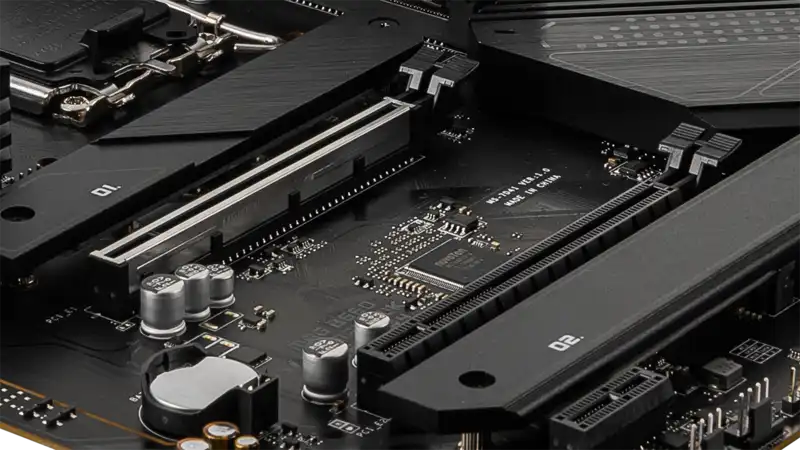PCI Express 7.0 is coming! PCI-SIG has just released version 0.5 and the final version will be released in 2025. This means that supporting devices will not be available until 2026 or later, and will likely be deployed more broadly in 2027-28.
PCIe 7.0 will initially be more relevant to the enterprise market, where bandwidth-hungry applications like AI and networking will benefit. In any case, the PC market is not saturated with PCIe 5.0 devices, and PCIe 6.0 has not yet been adopted for gaming PCs.
PCI Express bandwidth is doubling with each generation, so PCIe 7.0 will offer data rates of up to 128 GT/second. This is a staggering 8 times faster than PCIe 4.0 and 4 times faster than PCIe 5.0. This means that PCIe 7.0 can achieve bidirectional throughput of up to 512GB/s for x16 connections and 128GB/s for x4 connections. [This means that multiple integrated devices such as 10G networking, WiFi 7, USB 4, and Thunderbolt 4 can run on a consumer motherboard without compromise. Also, imagine what this bandwidth means for PCIe 7.0 SSDs.
In the near future, PCIe 7.0 x4 SSDs could approach sequential transfer rates of up to 60GB/s. Achieving speeds in this range will require serious advances in SSD controller and NAND flash technology, but it is still an attractive proposition. Unless such a drive requires a cooling tower the size of the Burj Khalifa.
As for graphics cards, PCIe 4.0 will be fine for the next few years; PCIe 4.0 x16 connections are not a bottleneck for the RTX 4090, and Nvidia and AMD have no problem offering mid-range cards with x8 connections. It is almost certain that the next generation of graphics cards will support PCIe 5.0, but will Nvidia, AMD, or Intel make the jump to PCIe 6.0?
Frankly, I am less interested in x16 or x4 peak transfer rates than I am in more x1 or x2 links. I really like the idea of having four PCIe 7.0 x1 SSDs on a daughter card that fits in a x4 slot. Each drive can support the same 14GB/s or so speeds that are supported by the best PCIe 5.0 drives.
That would ease the burden on motherboard manufacturers who are currently forced to cram space-hogging M.2 slots onto half their boards. Modern motherboards have complex electrical layouts and require large amounts of heat sinking. Currently, if you want to add a new SSD, you are often forced to remove the graphics card and remove a small screw to access the slot. This is just one of the many reasons I think M.2 SSDs actually suck. [It will be years before PCIe 7.0 devices hit store shelves, not to mention PCIe 6.0, and PCIe 5.0 is not yet widespread. Still, it's good to speculate on what PCIe 7.0 will mean for gaming PCs as we approach 2030. By then, we may actually be playing GTA 6 on our PCs.


Comments